Northeast Greenland National Park is larger than nearly 170 countries in the world, and Tam Giang Nguyen is approximately the size of England.
Here are the world's largest national parks, spread across several continents. The list serves as a suggestion for your upcoming trip from CNN travel experts.
North America
Spanning nearly half of the world's largest island, Greenland, Northeast Greenland National Park is the world's largest national park and the largest terrestrial protected area on the planet. Greenland is an autonomous territory of Denmark.
Northeast Greenland covers an area of 972,000 square kilometers (three times the size of Vietnam) and is smaller than the 29 countries recognized by the United Nations, and larger than nearly 170 other countries. It is one of the last remaining large protected areas where wildlife, plants and landscapes are virtually untouched by humans, according to Visit Greenland. The park is almost uninhabited except for staff at a few meteorological stations, research facilities and military bases. The park includes vast tundra, spectacular mountains and deep fjords filled with icebergs.
Nanu Travel, a company that offers tours to explore Northeast Greenland National Park, says the best way to get there is from the nearest town, Ittoqqortoormiit, by boat in the summer and by dog sled in the winter. Photo: Visit Greenland
South America
Chiribiquete National Park, located in southeastern Colombia, covers 43,000 square kilometers of rainforest and flat-topped mountains (tepuis) that look more like “Jurassic Park” than the modern world. Chiribiquete may not have had dinosaurs, but it was home to formidable predators like jaguars.
Visitors can explore this place on a sightseeing tour called "The Lost World" by local Colombian tour company Oculta. Photo: Parques Nationales
Asia
Established in 2021, China's Sanjiangyuan National Park covers an area of 123,100 square kilometers, approximately the size of England. Sanjiangyuan is located on the Tibetan Plateau in Qinghai Province, where three famous rivers, the Yellow River, the Yangtze River, and the Mekong River, originate.
This remote national park is home to many rare, endangered or vulnerable animals such as the snow leopard, Himalayan wolf, wild yak and Alpine musk deer. Photo: Alamy
Oceania
In 2021, the Australian government declared the Munga-Thirri-Simpson Desert a national park, with the aim of protecting the stunning landscape in the far north of South Australia. The park covers 36,000 square kilometers and includes the world's largest sand dunes, acacia forests, grasslands, and a series of dry lakes (sometimes with water, often with a bottom containing fine-grained, volatile minerals) and many animal species.
Currently, Munga-Thirri-Simpson National Park does not have many services for tourists, and there are no paved roads. Therefore, this place is only suitable for tourists who are proficient in wilderness survival skills. According to the park's website, the best time to visit is autumn, winter, and spring. The park is closed every year from December 1 to March 15, during the summer, to ensure safety because the outdoor temperature can exceed 50 degrees Celsius. Photo: Stock Journal
Africa
Some of the world's tallest and largest dunes are located in the heart of Namibia's Namib Naukluft National Park, which covers nearly 50,000 square kilometers. It's easily accessible by car. The main road in the park leads to the famous Sossusvlei and Dead Vlei sand dunes, along with the forest with its haunting scenery. Alternatively, guests can book a hot air balloon tour to see the entire area from above. Photo: Africa geographic
Europe
Vatnajökull is a national park in Iceland, covering an area of over 14,000 km2, which clearly depicts the "fire and ice" characteristics of the island, a place likened to a fairyland with volcanoes, hot springs, fjords and glaciers. Visitors can easily explore this place with hiking, camping, and bird watching activities. Photo: Iceland travel guide
Antarctica
Antarctica has no national park, but instead has the Ross Sea Marine Reserve, the continent’s only nature reserve. Established in 2016, the reserve spans 1.55 million square kilometers and is home to millions of polar animals such as penguins, whales, seals, and seabirds.
“In the 1980s, NGOs promoted the idea that Antarctica should be designated a world park. But that didn’t happen,” said Claire Christian, CEO of the Antarctic & Southern Ocean Alliance.
Instead, the countries of the Antarctic Treaty signed the Protocol on Environmental Protection, which bans mining and sets rules to minimize the environmental impact of tourism and scientific research activities in Antarctica. Photo: Start1
According to VNE
Source


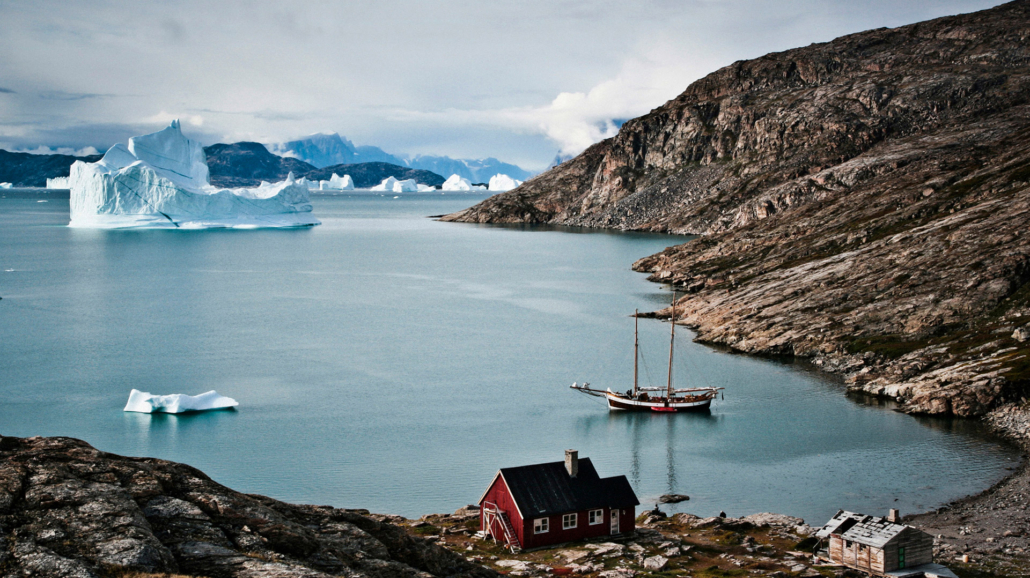
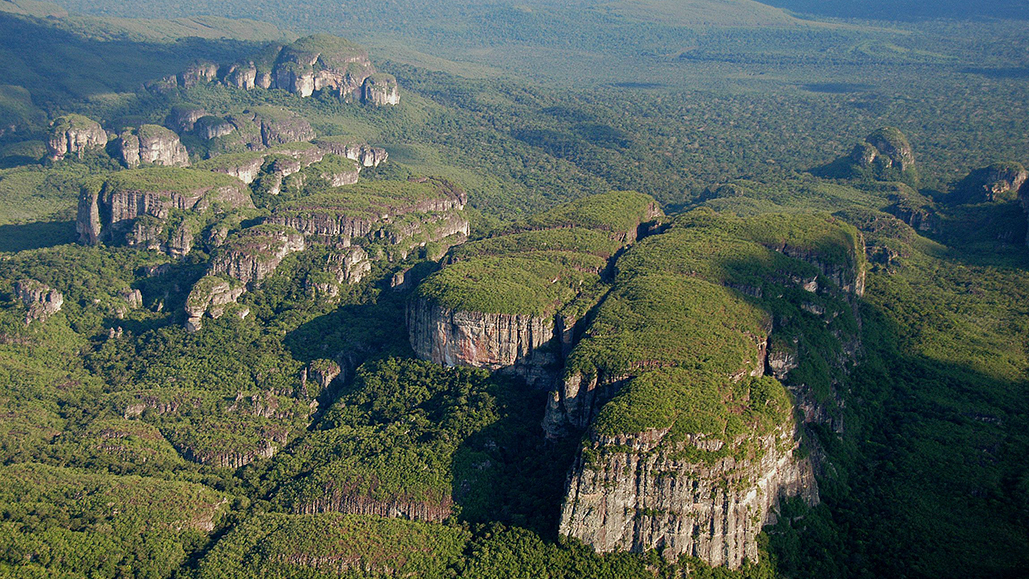
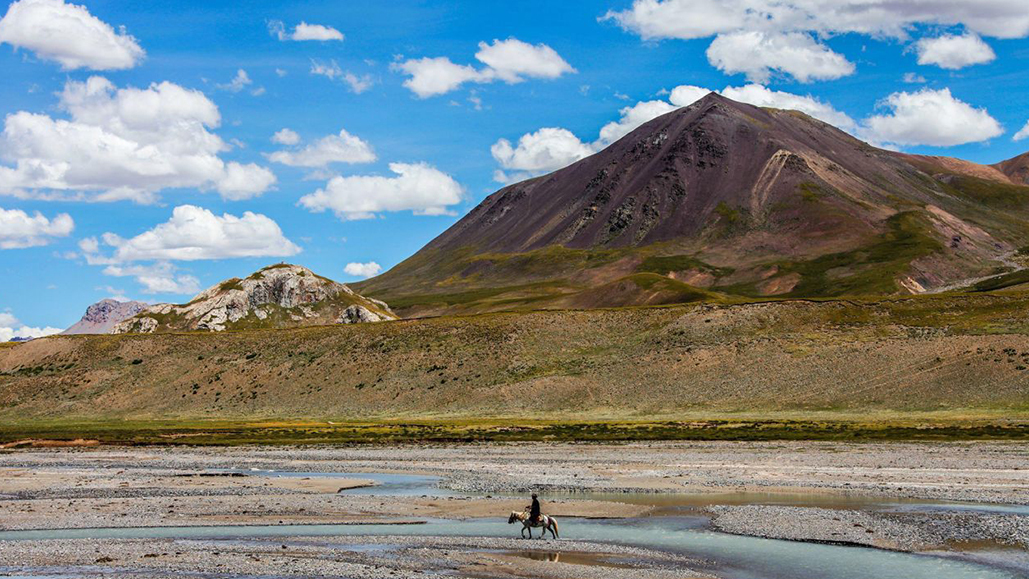
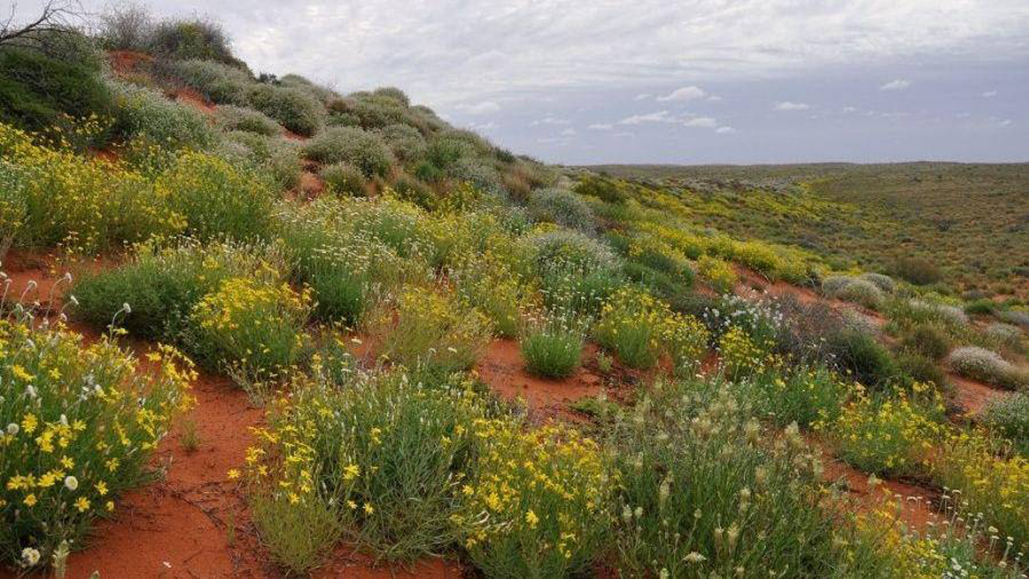
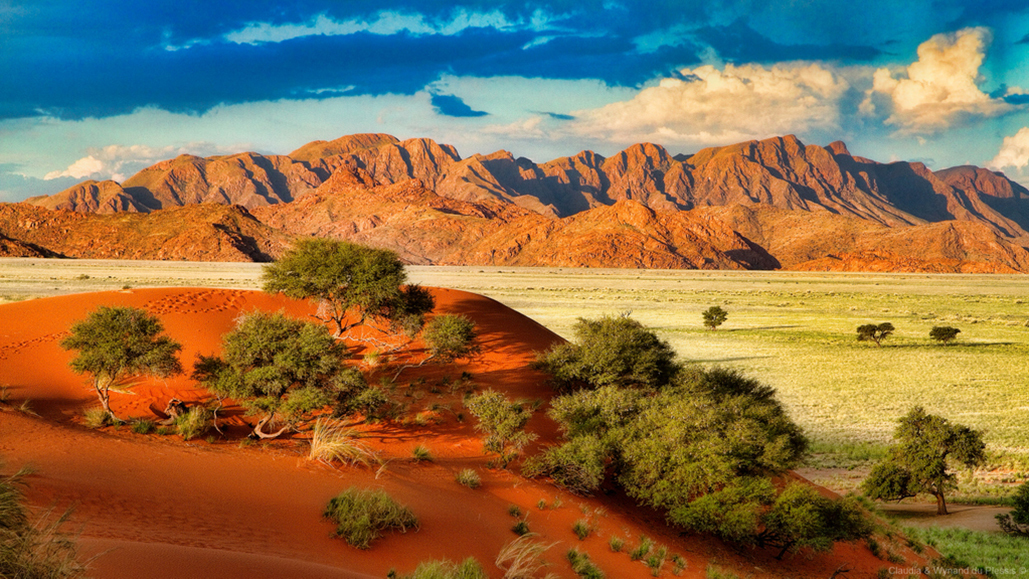
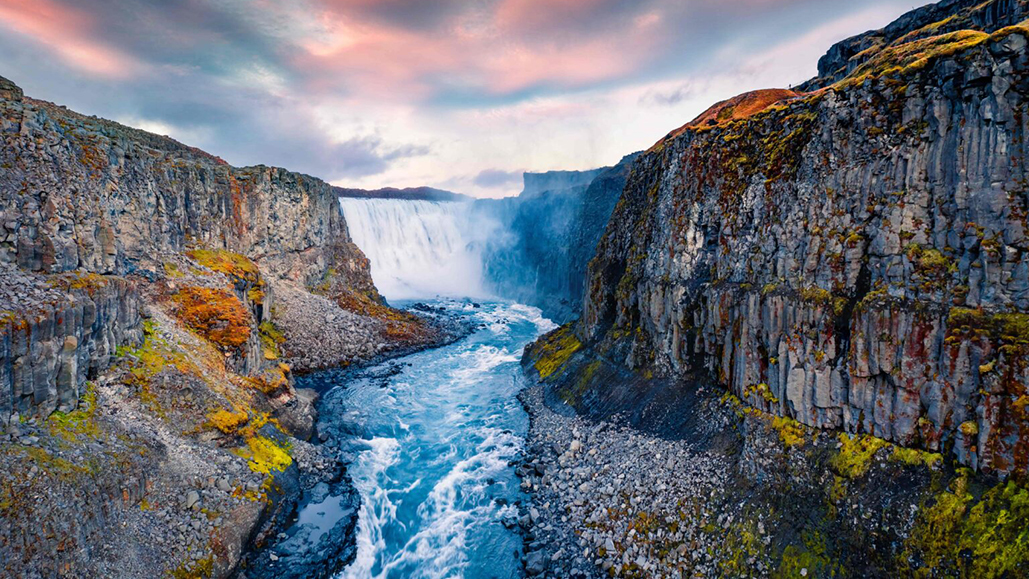
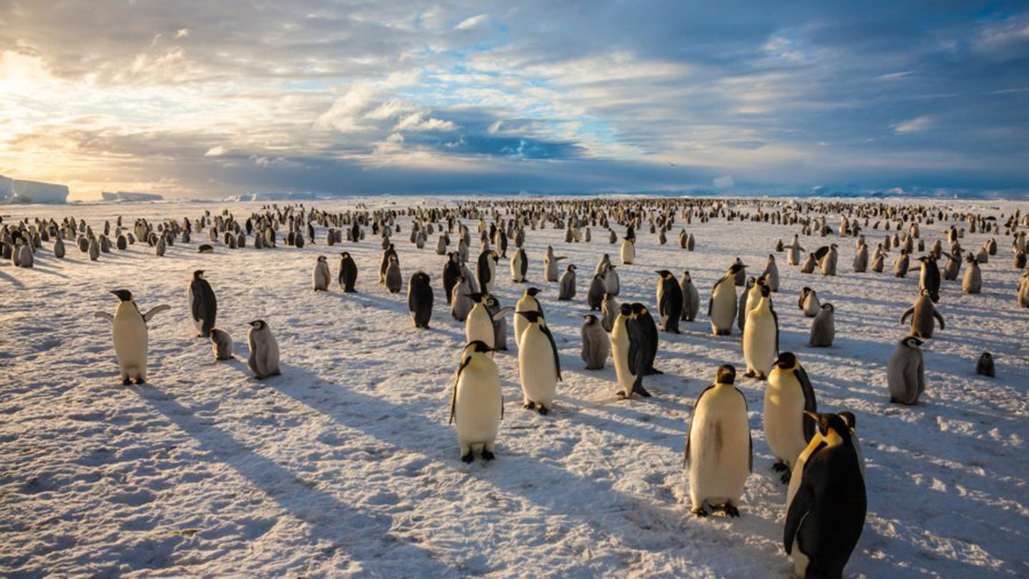


![[Photo] Prime Minister Pham Minh Chinh chairs a meeting of the Government Standing Committee to remove obstacles for projects.](https://vphoto.vietnam.vn/thumb/1200x675/vietnam/resource/IMAGE/2025/10/06/1759768638313_dsc-9023-jpg.webp)
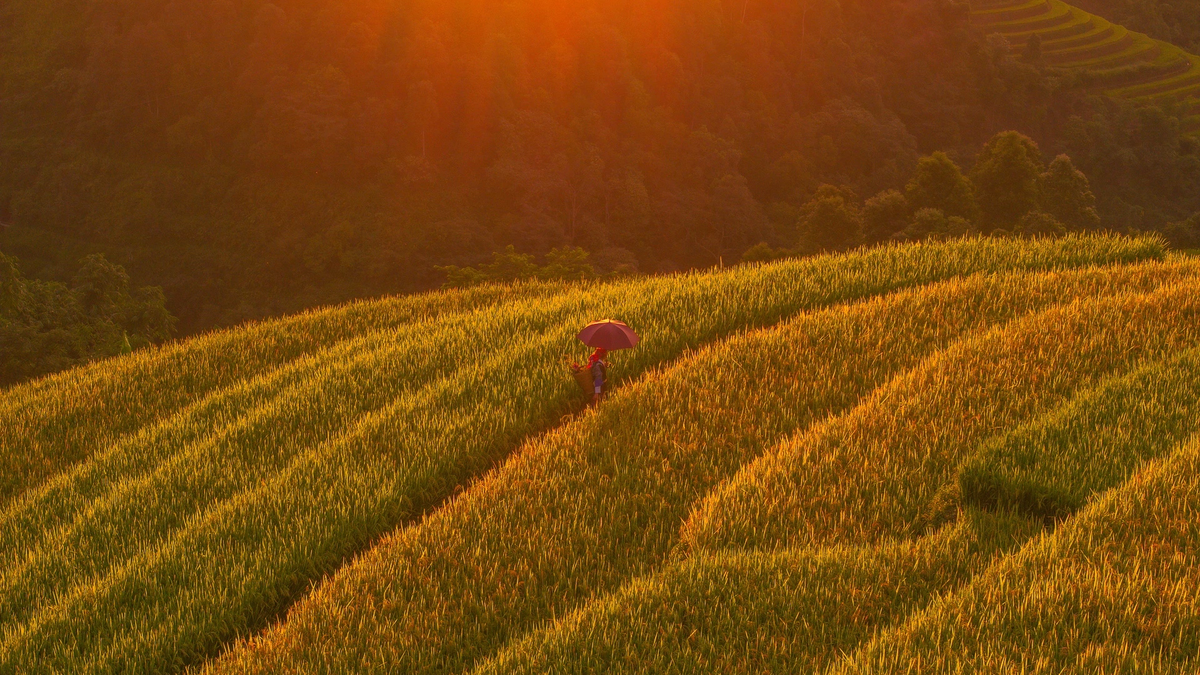
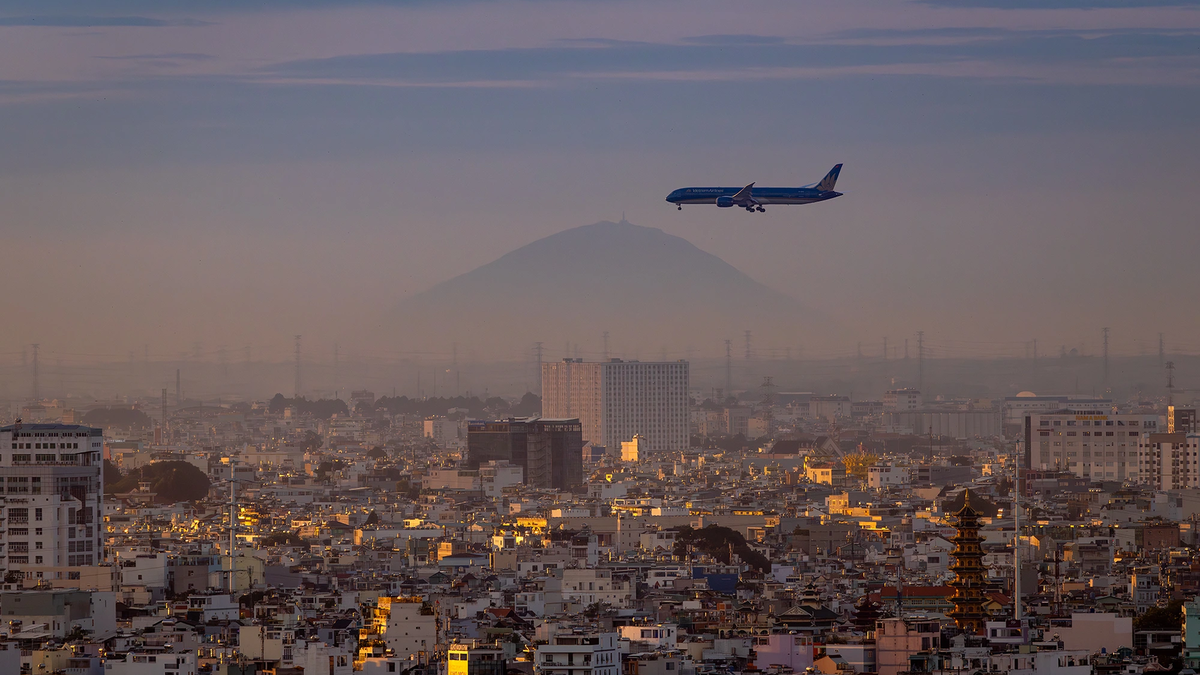
















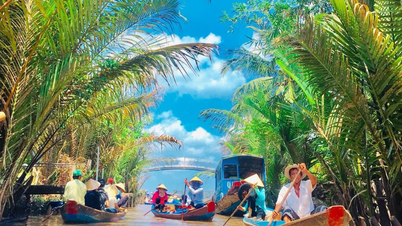





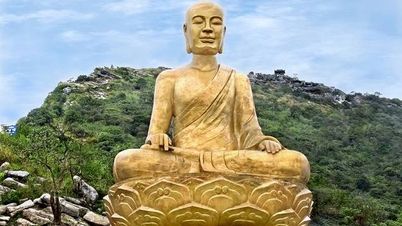





























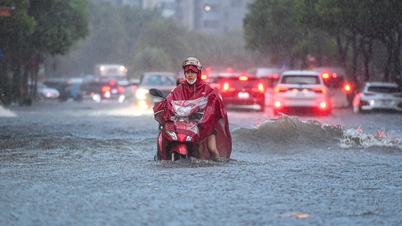















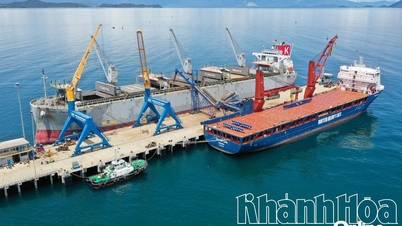

















Comment (0)